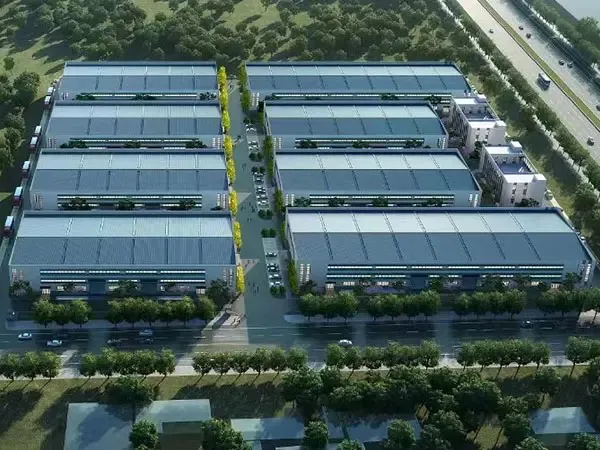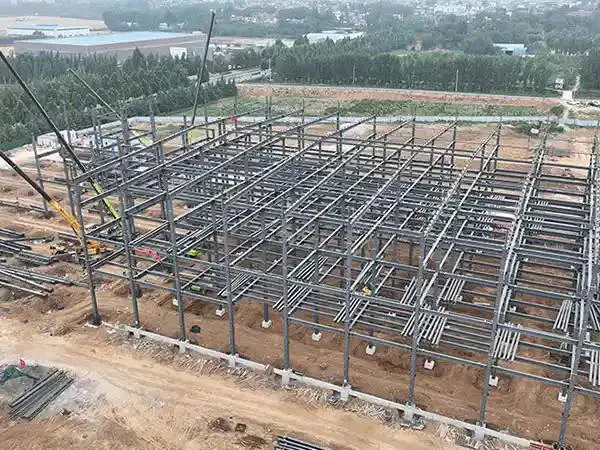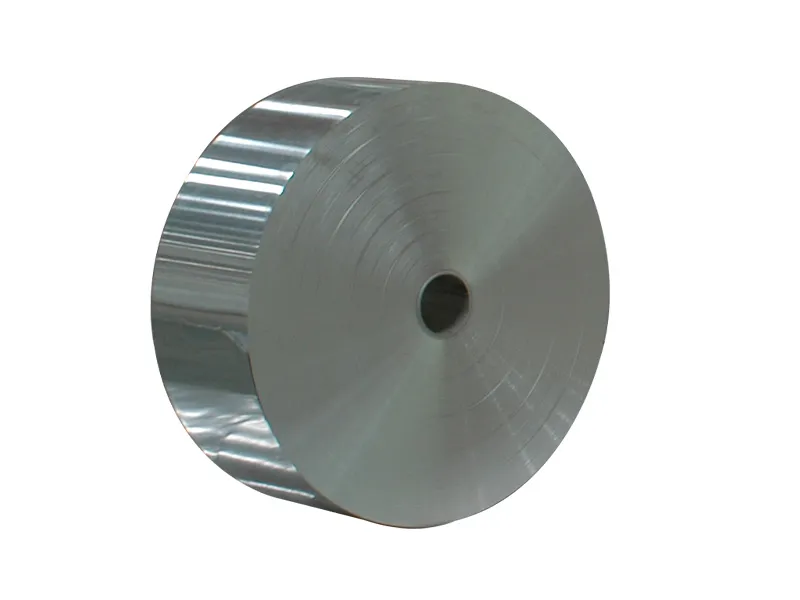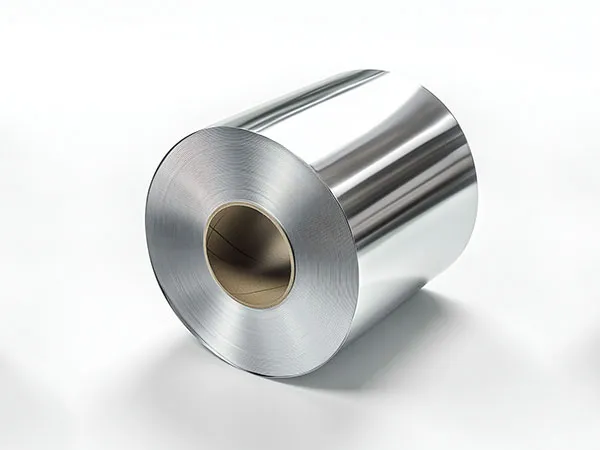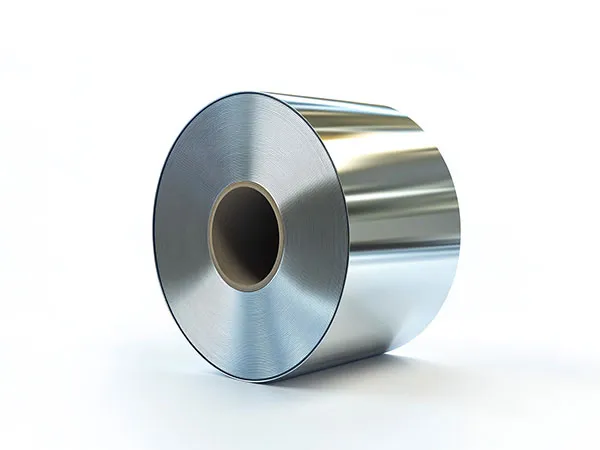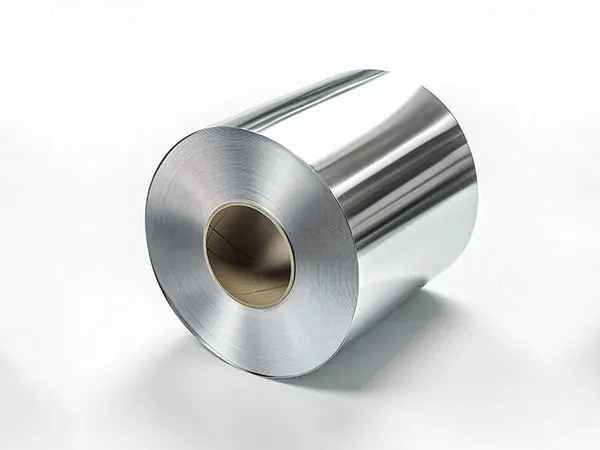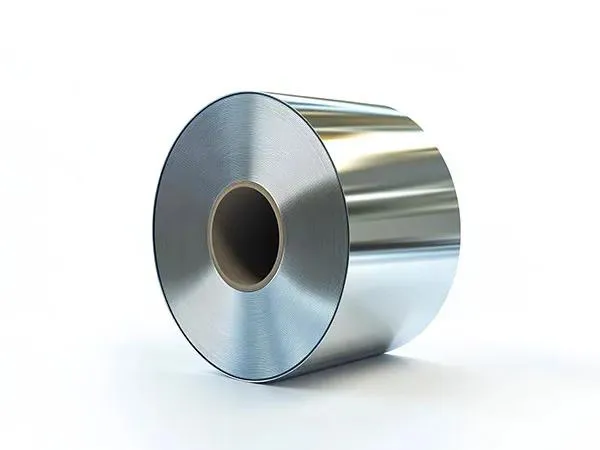https://www.ls-casting-mold.com/wp-content/uploads/2025/09/Green-Link-Electric-Factory.jpg
450
600
lsmojv
http://www.ls-casting-mold.com/wp-content/uploads/2018/12/lslogo-300x138.png
lsmojv2025-11-28 15:28:282025-11-28 15:28:28How to Design a Steel Structure Factory Building: A Complete Guide for Efficiency and Safety
https://www.ls-casting-mold.com/wp-content/uploads/2025/09/Green-Link-Electric-Factory.jpg
450
600
lsmojv
http://www.ls-casting-mold.com/wp-content/uploads/2018/12/lslogo-300x138.png
lsmojv2025-11-28 15:24:302025-11-28 15:24:30Steel Structure Factory Maintenance Guide: Tips to Maximize Longevity and Industrial Safety
https://www.ls-casting-mold.com/wp-content/uploads/2022/08/Harmonic-Reducer-Bearing.jpg
700
700
lsmojv
http://www.ls-casting-mold.com/wp-content/uploads/2018/12/lslogo-300x138.png
lsmojv2025-11-28 15:17:242025-11-28 15:17:24Cómo la precarga afecta el rendimiento de los rodamientos de rodillos cruzados: Información esencial para maquinaria de precisión y robótica
https://www.ls-casting-mold.com/wp-content/uploads/2022/08/Harmonic-Reducer-Bearing.jpg
700
700
lsmojv
http://www.ls-casting-mold.com/wp-content/uploads/2018/12/lslogo-300x138.png
lsmojv2025-11-28 15:13:282025-11-28 15:13:28Cómo instalar rodamientos de rodillos cruzados: Una guía completa para un rendimiento de alta precisión
https://www.ls-casting-mold.com/wp-content/uploads/2022/08/Harmonic-Reducer-Bearing.jpg
700
700
lsmojv
http://www.ls-casting-mold.com/wp-content/uploads/2018/12/lslogo-300x138.png
lsmojv2025-11-28 15:09:152025-11-28 15:09:15Aplicaciones esenciales de los rodamientos de rodillos cruzados en maquinaria de alta precisión
https://www.ls-casting-mold.com/wp-content/uploads/2022/08/Harmonic-Reducer-Bearing.jpg
700
700
lsmojv
http://www.ls-casting-mold.com/wp-content/uploads/2018/12/lslogo-300x138.png
lsmojv2025-11-28 15:04:422025-11-28 15:04:42¿Qué son los rodamientos de rodillos cruzados?? Una guía detallada
https://www.ls-casting-mold.com/wp-content/uploads/2025/06/01.jpg
600
800
lsmojv
http://www.ls-casting-mold.com/wp-content/uploads/2018/12/lslogo-300x138.png
lsmojv2025-11-28 14:54:472025-11-28 14:54:47Instalación y mantenimiento de bobinas de aluminio: Guía práctica para un rendimiento óptimo
https://www.ls-casting-mold.com/wp-content/uploads/2025/06/01.jpg
600
800
lsmojv
http://www.ls-casting-mold.com/wp-content/uploads/2018/12/lslogo-300x138.png
lsmojv2025-11-28 14:50:542025-11-28 14:50:54Bobinas de aluminio prepintadas versus anodizadas: ¿Qué acabado ofrece la mejor durabilidad y estilo??
https://www.ls-casting-mold.com/wp-content/uploads/2025/06/01.jpg
600
800
lsmojv
http://www.ls-casting-mold.com/wp-content/uploads/2018/12/lslogo-300x138.png
lsmojv2025-11-28 14:46:302025-11-28 14:46:30Arriba 5 Bobinas de aluminio resistentes a la corrosión para aplicaciones en exteriores
https://www.ls-casting-mold.com/wp-content/uploads/2025/06/01.jpg
600
800
lsmojv
http://www.ls-casting-mold.com/wp-content/uploads/2018/12/lslogo-300x138.png
lsmojv2025-11-28 14:42:222025-11-28 14:42:22Guía de espesor de bobina de aluminio: Elegir la bobina adecuada para obtener el máximo rendimiento
Desplazarse hacia arriba
